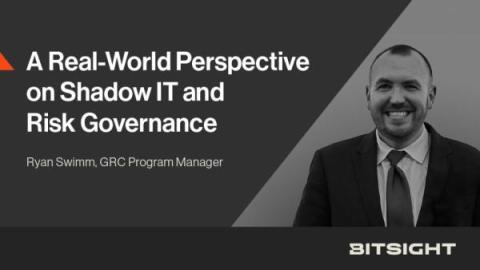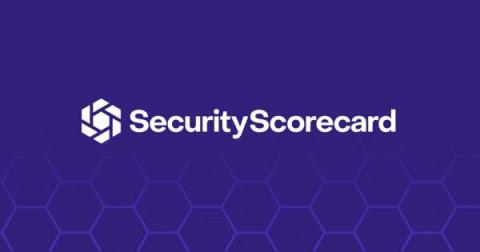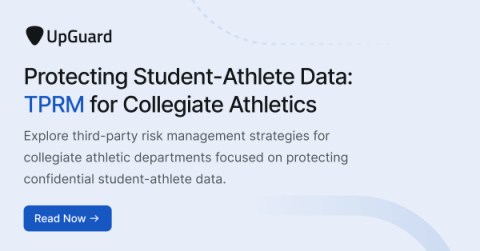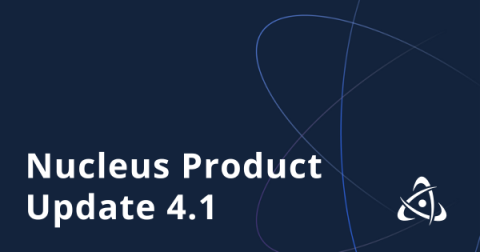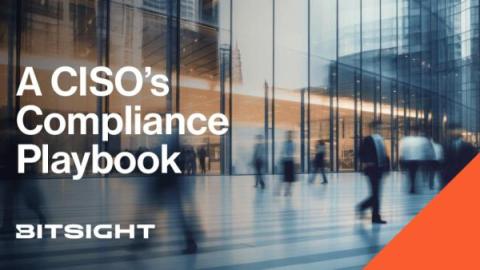Practitioner's Corner: Managing Hidden Risk and Shadow IT
When it comes to managing hidden risk and shadow IT, our primary challenge as cybersecurity practitioners is securing the organization’s data and applications while empowering users to perform their duties efficiently. After all, one survey found that 67% of employees aren’t completely satisfied with their workplace tools and technologies—often resulting in the adoption of unsanctioned applications.


